Starting out with nothing, now Mrs. Nguyen Thi Sanh (born in 1957) and her husband in Bac Son ward, Bim Son town, Thanh Hoa own 17 hectares of fruit trees, earning billions of dong each year.
Mrs. Sanh's family's fruit tree growing model covers 17 hectares and is located in the middle of the hills (called Thung Con by locals), in Quarter 12, Bac Son Ward, Bim Son Town.
On that area, Ms. Sanh grows 4 hectares of oranges; 1 hectare of green-skinned grapefruit and Dien grapefruit; 2 hectares of longan and jackfruit; and 8 hectares of pineapple. The total revenue from the fruit garden and pineapple ranges from 2 to 2.5 billion VND per year, after deducting expenses, her family earns 1.5 billion VND.
These days, Ms. Sanh is busy harvesting oranges and grapefruits to sell to traders during Tet. Of which, 4 hectares of oranges alone yield about 40 tons of fruit, the average selling price at the garden is 28,000 VND/kg, she earns more than 1.1 billion VND. The area of grapefruit and longan yields about 300 million VND.
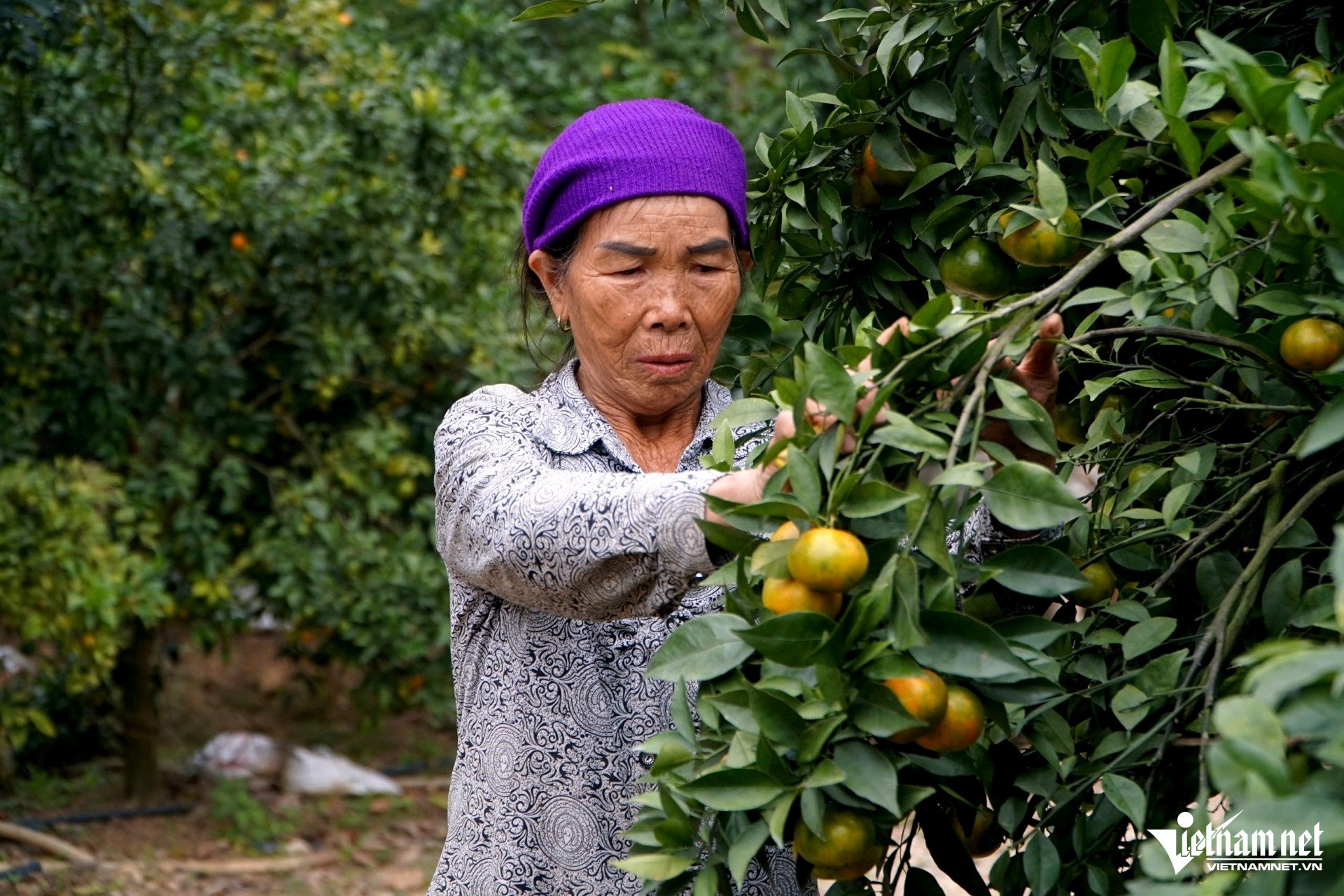
Along with that, Mrs. Sanh's family also has a large income from growing pineapple.
“My family planted 50,000 trees (equivalent to nearly 1 hectare) for this Tet holiday, yielding more than 35 tons, the current selling price is 8,000 VND/kg, earning more than 200 million VND. The harvest from growing pineapples in the intercrop season this year is more than 1 billion VND,” said Ms. Sanh.
Mrs. Sanh is from Ninh Binh, her husband is from Nga Son district (Thanh Hoa). They met each other when they were in the army, then discharged. They got married in 1981. At that time, the family's circumstances were difficult, so the couple had to migrate to Thung Con to reclaim land and start a new economy .
At that time, the couple only had about 1 hectare of land to grow corn, cassava, and sugarcane, and even though they worked all year round, they still did not have enough to eat.
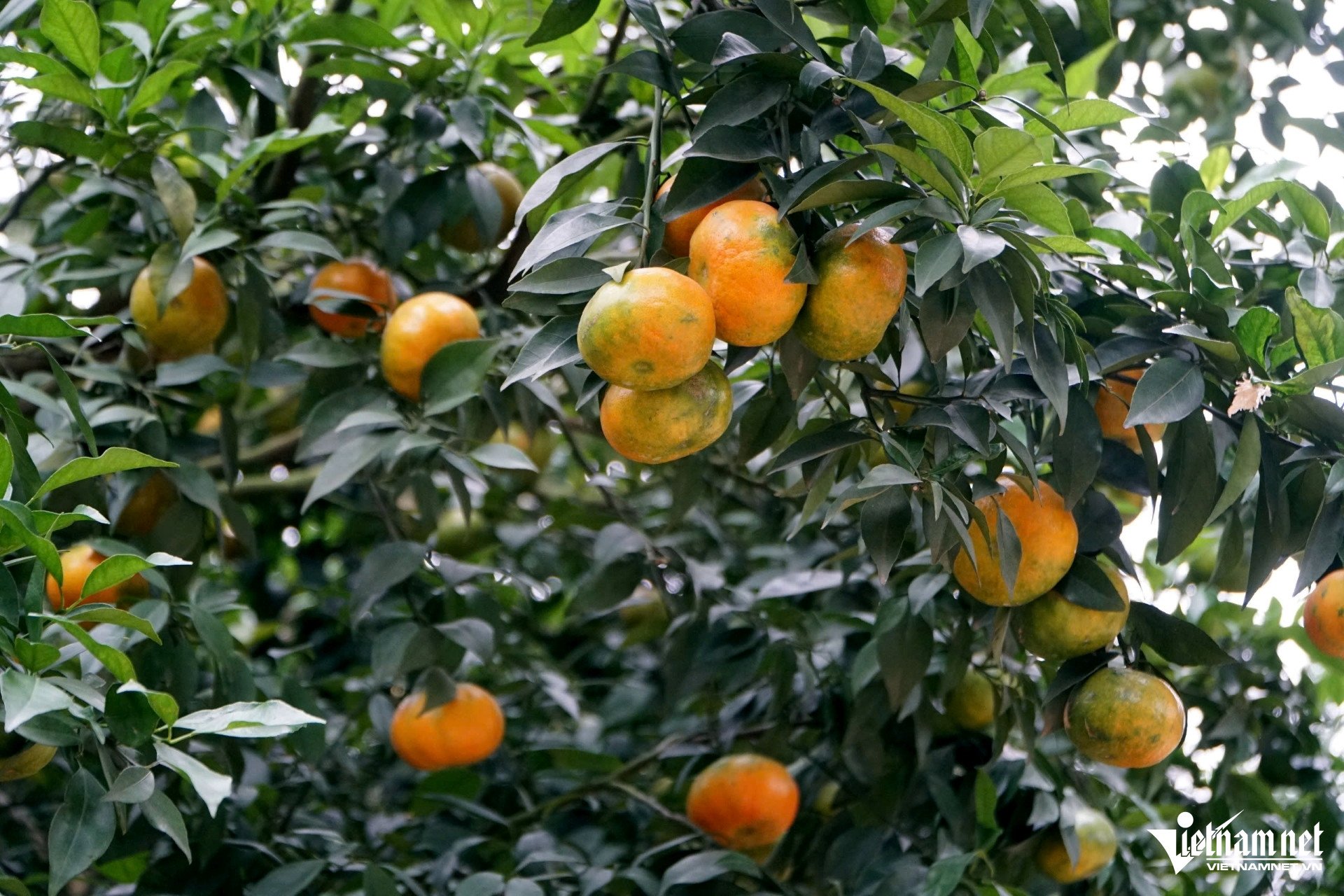
“In 1994, the State allocated forest land to the people. At that time, my family received 6 hectares but only had the function of looking after and protecting it. Ten years later, there was a policy of converting forest land into production land. My family converted it to grow sugarcane, cassava, etc., but the results were not high,” Ms. Sanh recalled.
In 2015, Bim Son town sent farmer members to learn about fruit tree farming models in the northern provinces. Realizing that the Canh orange and Dien grapefruit growing model brought high economic benefits, Mrs. Sanh discussed with her husband about borrowing capital to invest.
“When we started the farm, my husband and I did not have a single penny. Determined to change crops, I boldly borrowed 1.5 billion VND from the bank to improve the land, buy seeds, fertilizers, etc. to grow 4 hectares of Canh oranges and 2 hectares of longans. To have enough money to cover expenses, I intercropped with pineapples to sell,” Ms. Sanh said.
After 3 years, the family's garden began to bear fruit.
According to Ms. Sanh, when the garden generates income, her family uses that money to gradually pay off the bank loan and buy back hill land from local people. Currently, Ms. Sanh's family owns 17 hectares of land. To reduce the cost of renting machinery to plow the land, she also invested in buying an excavator for more than 500 million VND and a pickup truck to transport fruit.
Ms. Sanh's family is creating jobs for 8 regular workers, with a salary of nearly 10 million VND/person/month.
Speaking with VietNamNet, Ms. Tong Thi Hong Lien - President of the Farmers' Association of Bac Son Ward - said that the entire Thung Con has more than 50 households growing fruit trees, but Ms. Sanh's family is a rare household that has succeeded with the Canh orange growing model, bringing high economic efficiency.
Source: https://vietnamnet.vn/vo-chong-lao-nong-thanh-hoa-bo-tui-tien-ty-moi-nam-nho-vuon-cay-an-qua-2361458.html


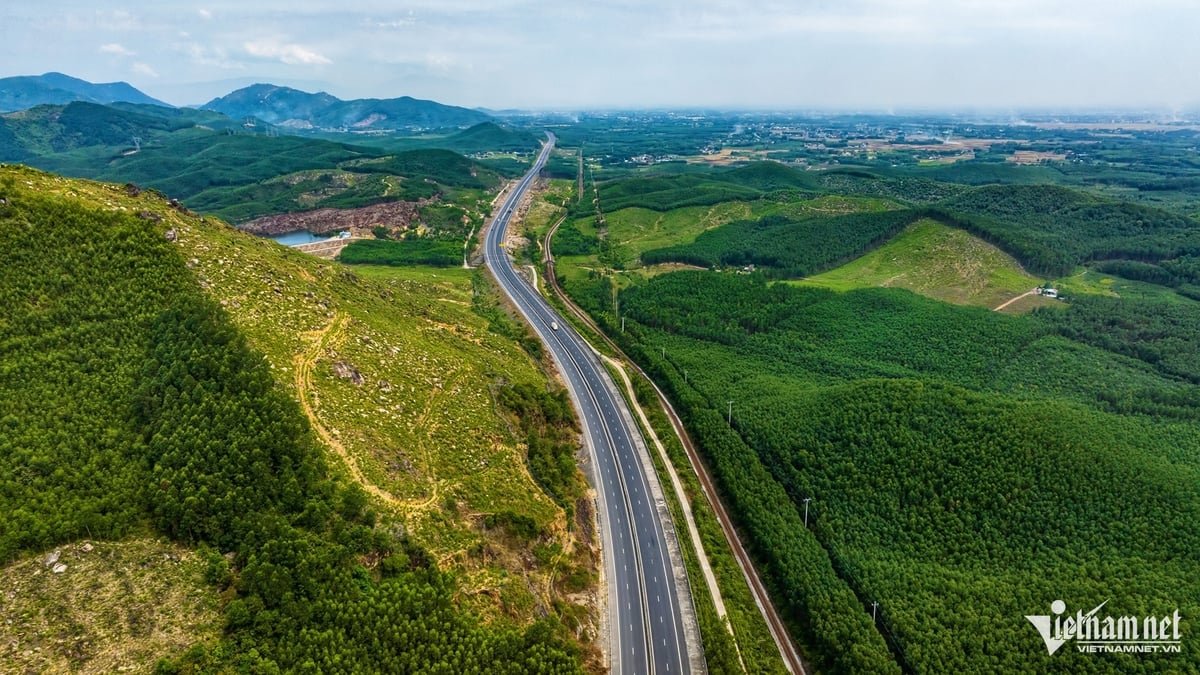
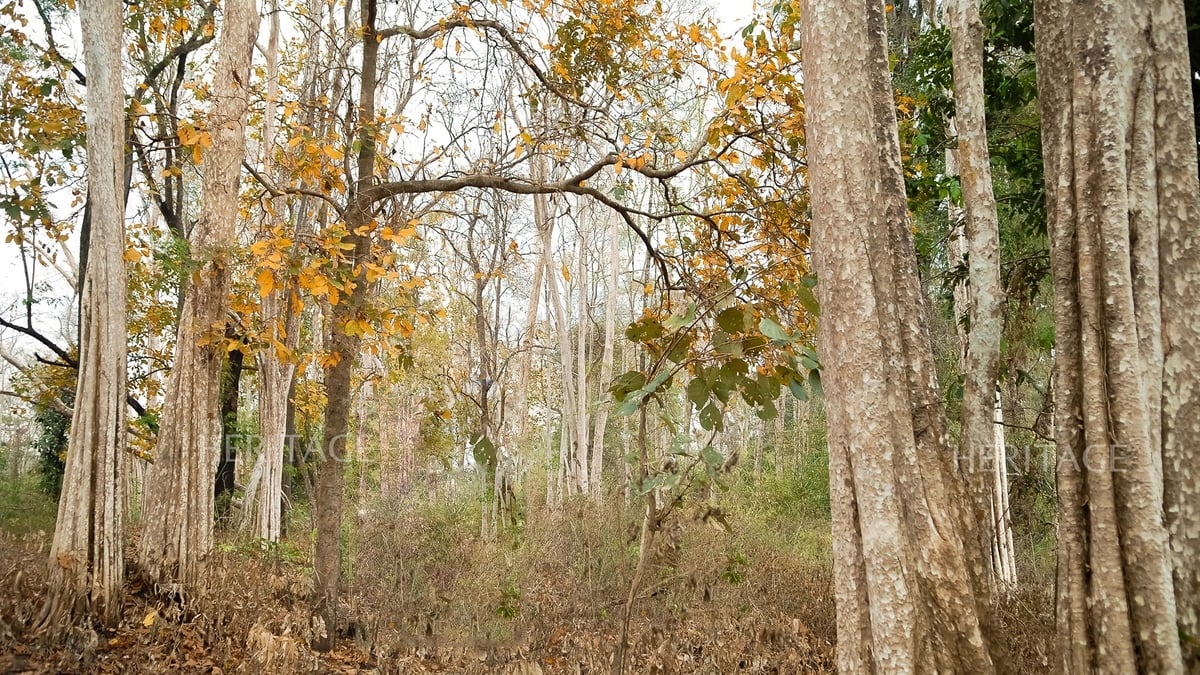

![[Photo] Award ceremony for works on studying and following President Ho Chi Minh](https://vphoto.vietnam.vn/thumb/1200x675/vietnam/resource/IMAGE/2025/5/20/a08ce9374fa544c292cca22d4424e6c0)
![[Photo] Vietnamese shipbuilding with the aspiration to reach out to the ocean](https://vphoto.vietnam.vn/thumb/1200x675/vietnam/resource/IMAGE/2025/5/20/24ecf0ba837b4c2a8b73853b45e40aa7)



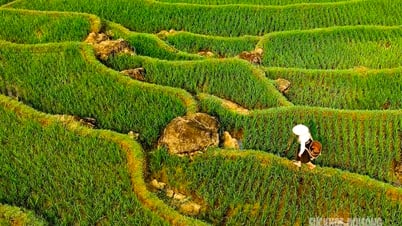

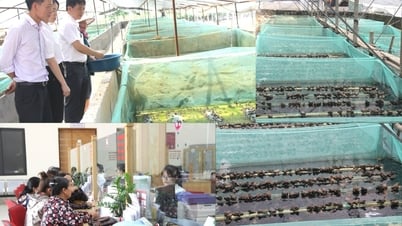
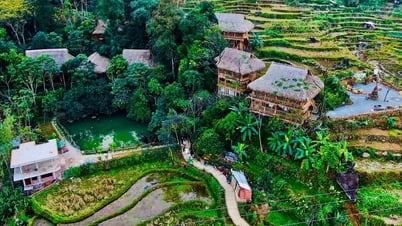



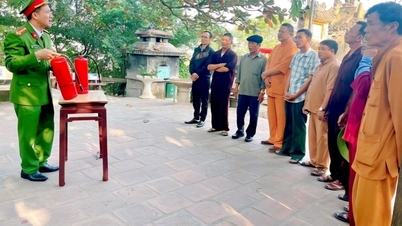
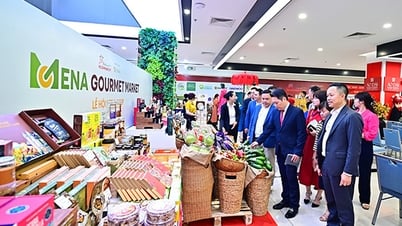


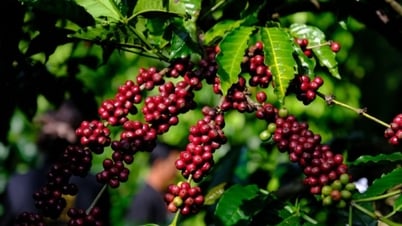


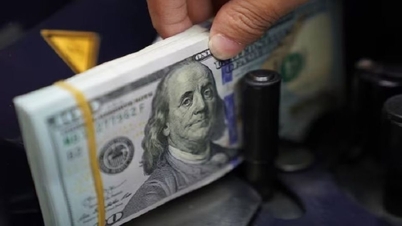
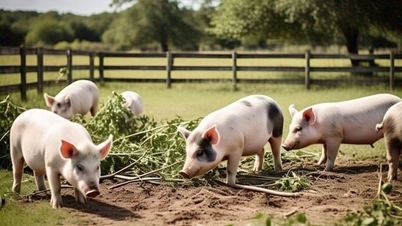

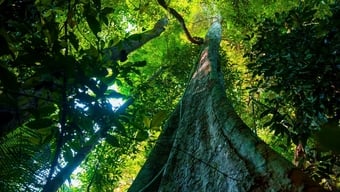









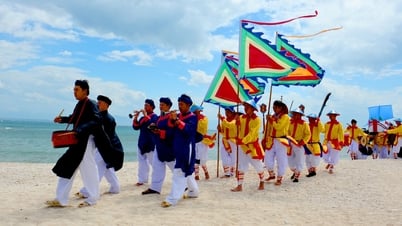

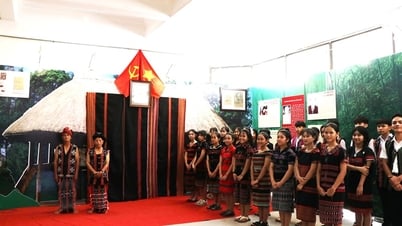
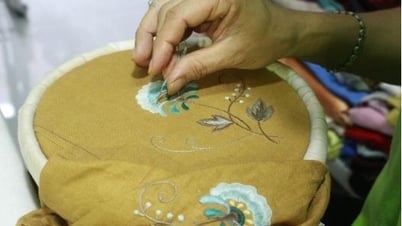




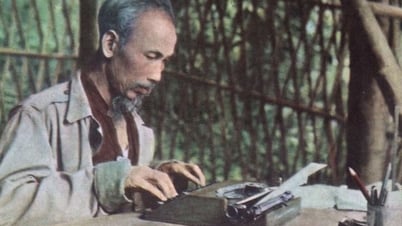
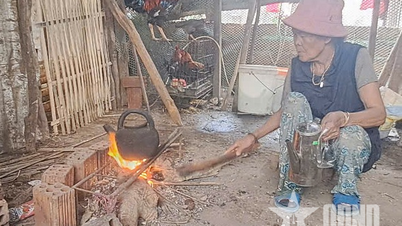



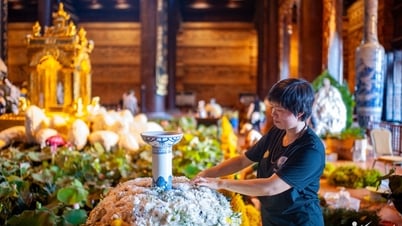






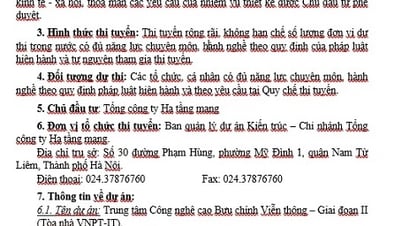
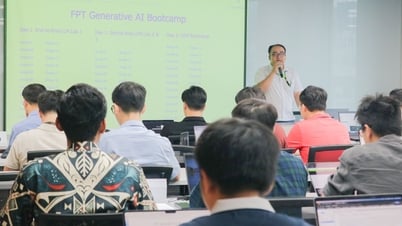

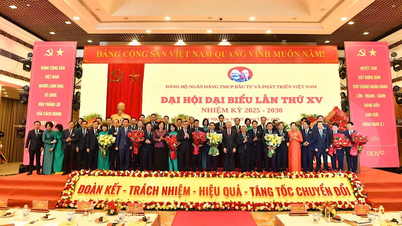




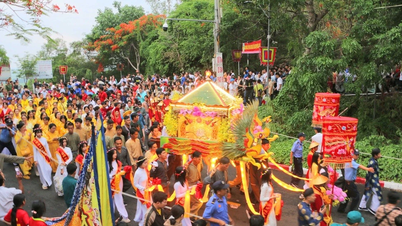


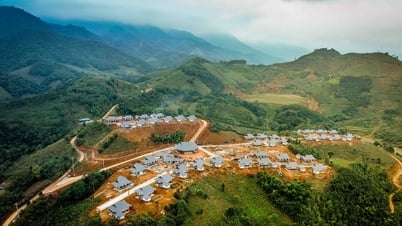

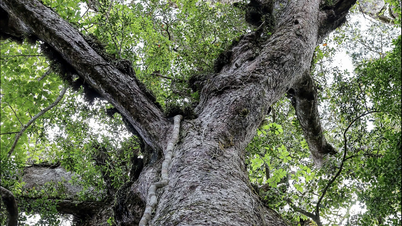
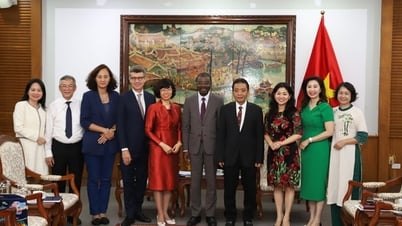


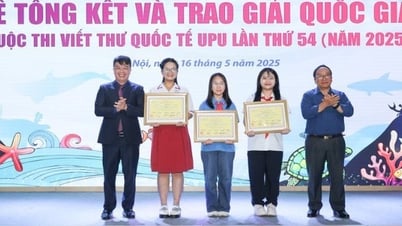

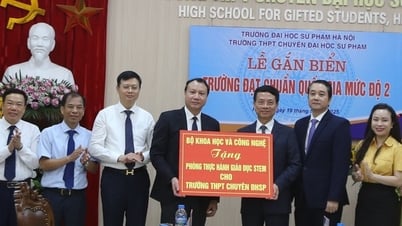



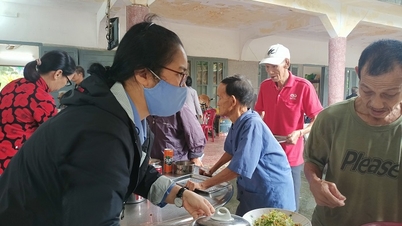

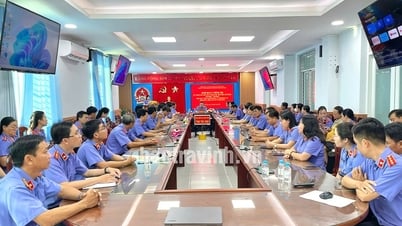
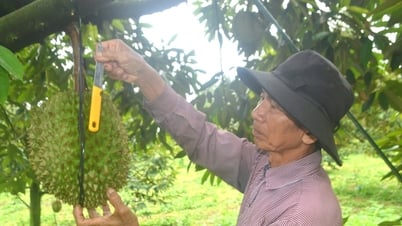


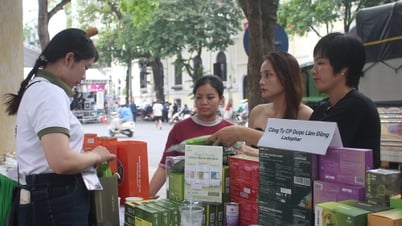

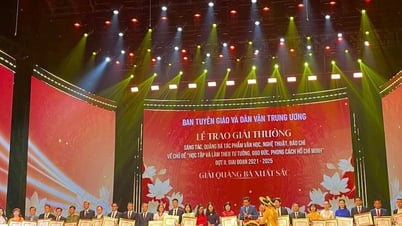
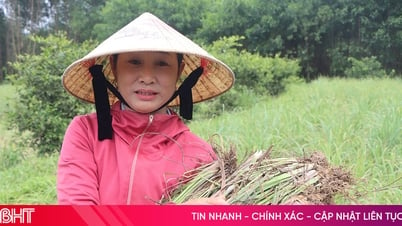

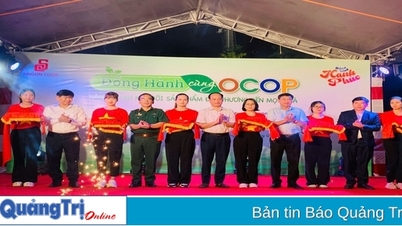

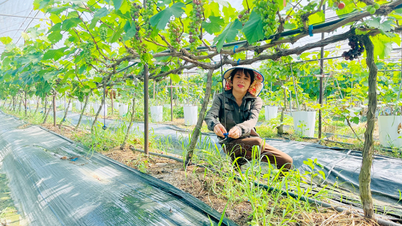



![[VIDEO] - Enhancing the value of Quang Nam OCOP products through trade connections](https://vphoto.vietnam.vn/thumb/402x226/vietnam/resource/IMAGE/2025/5/17/5be5b5fff1f14914986fad159097a677)
Comment (0)